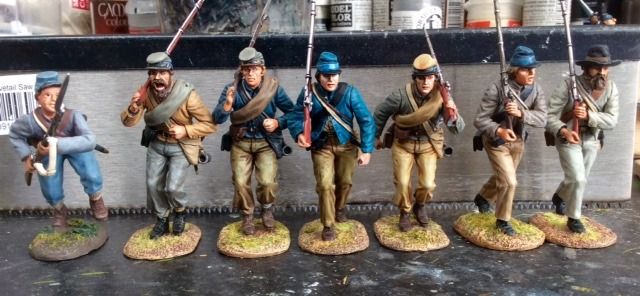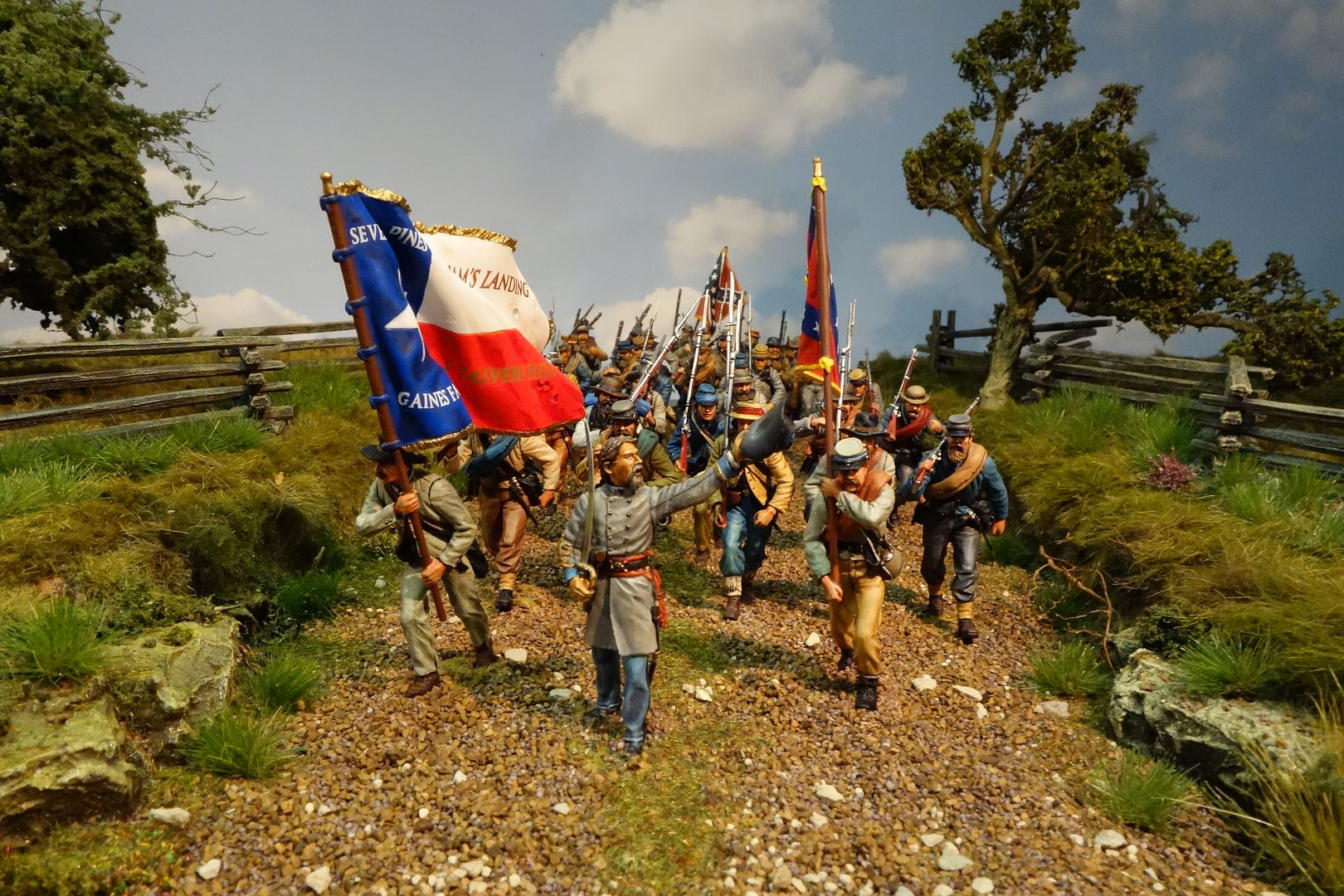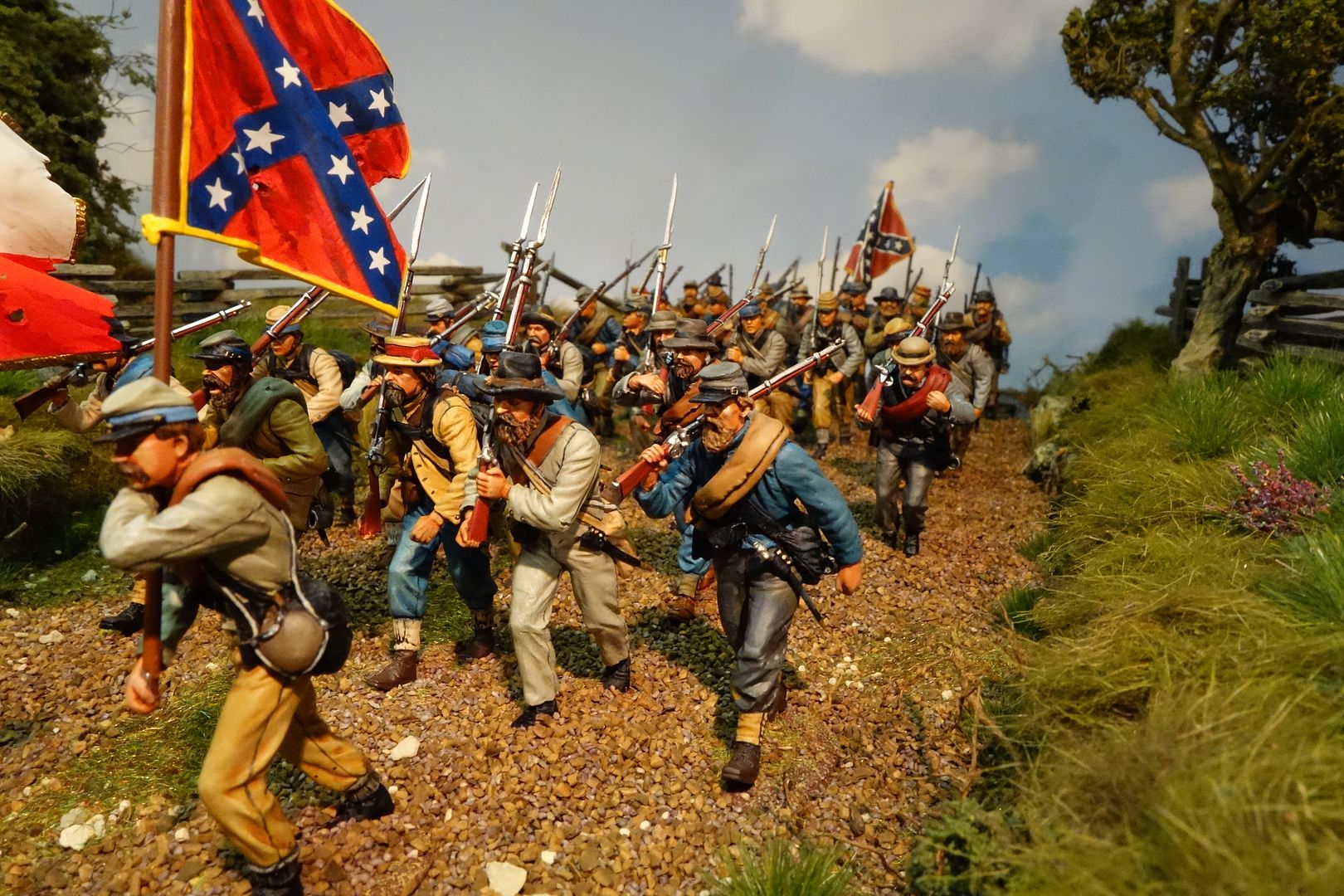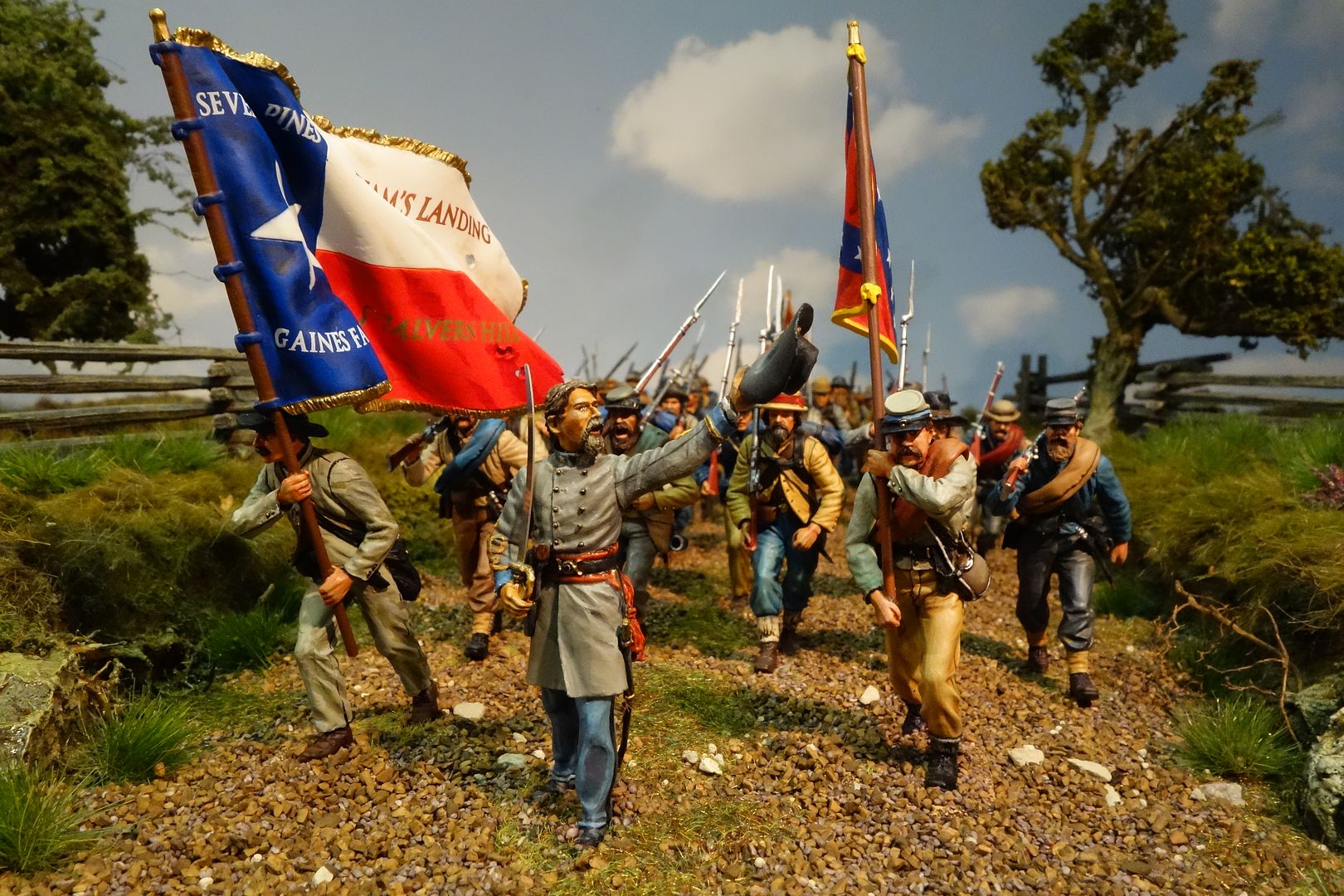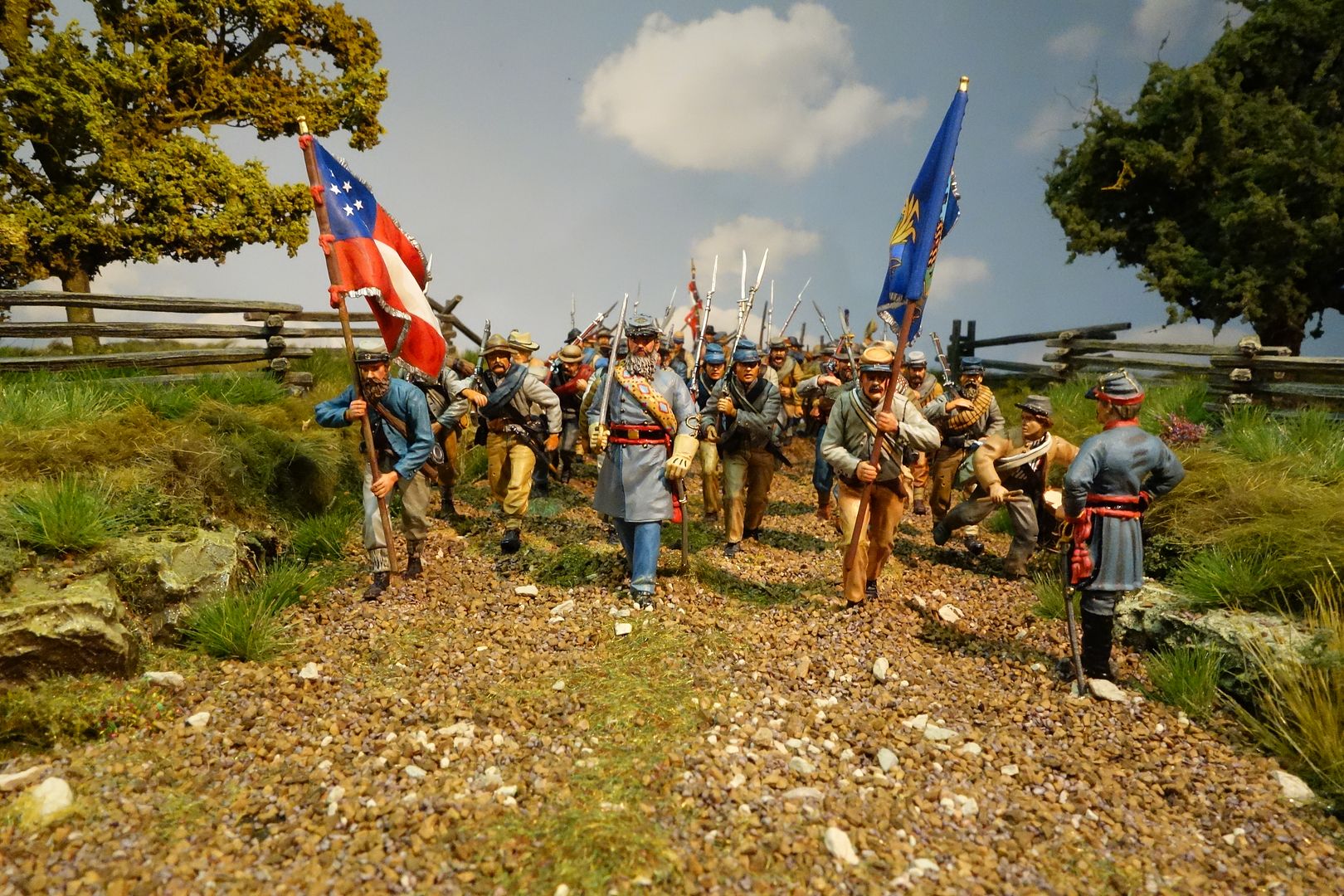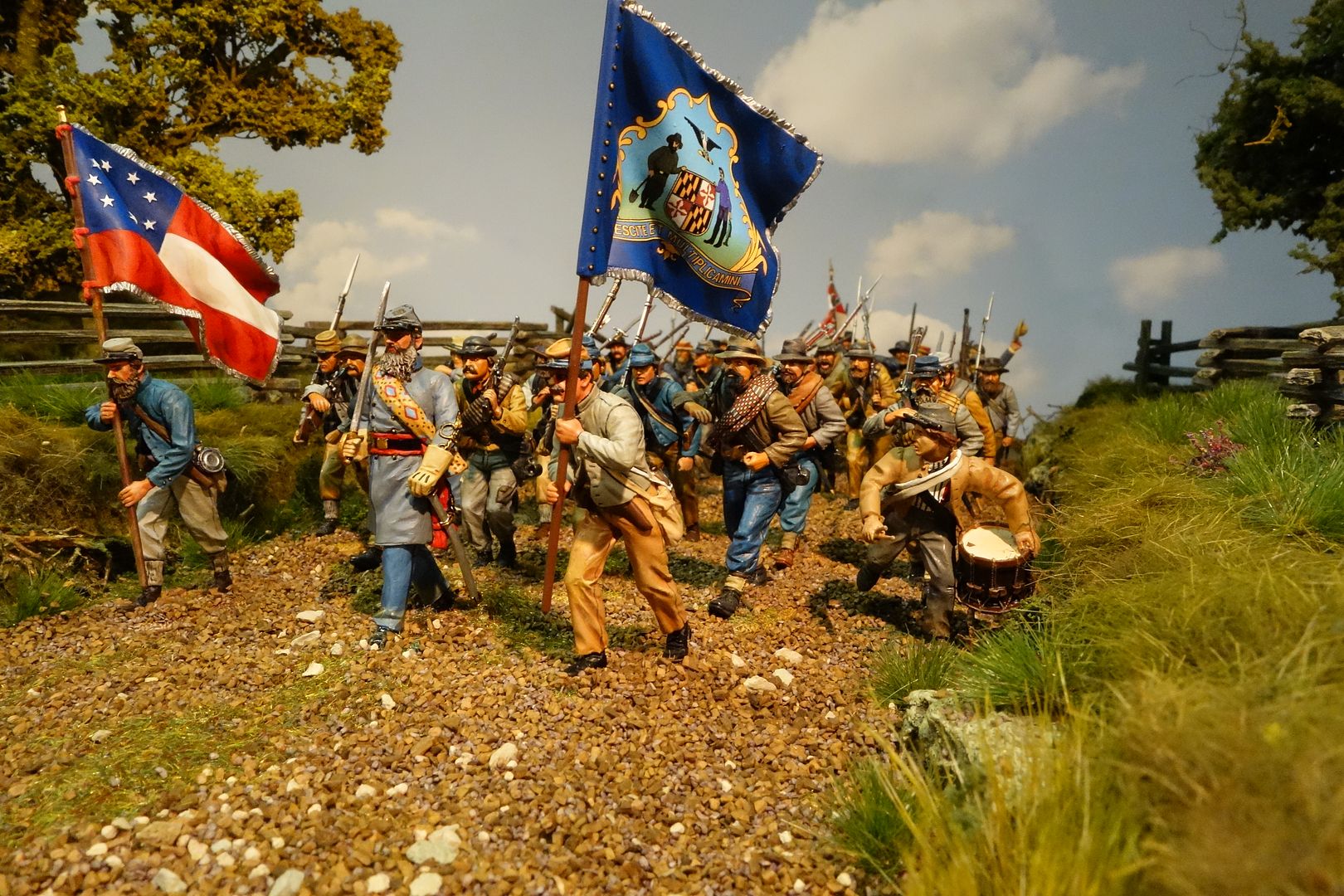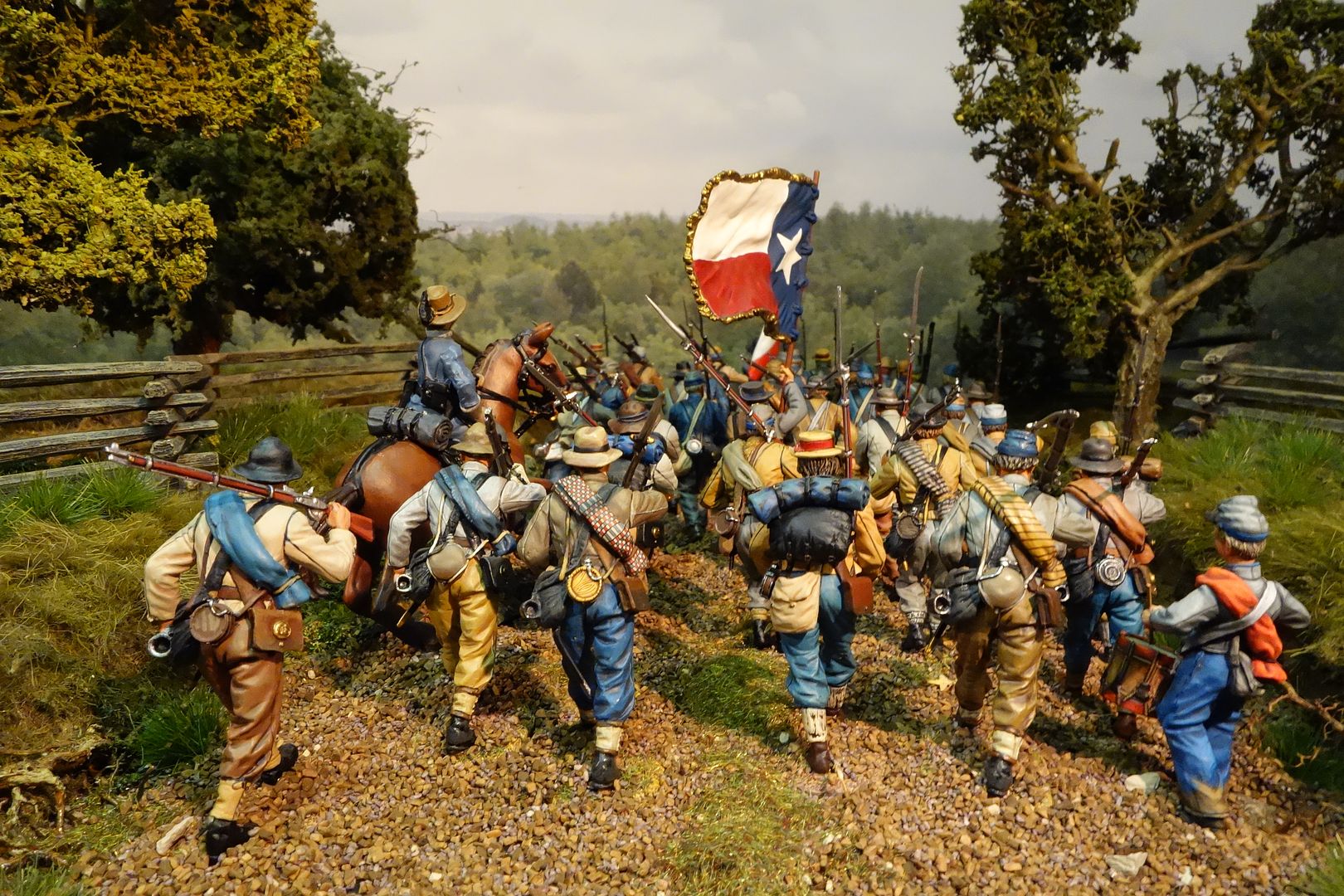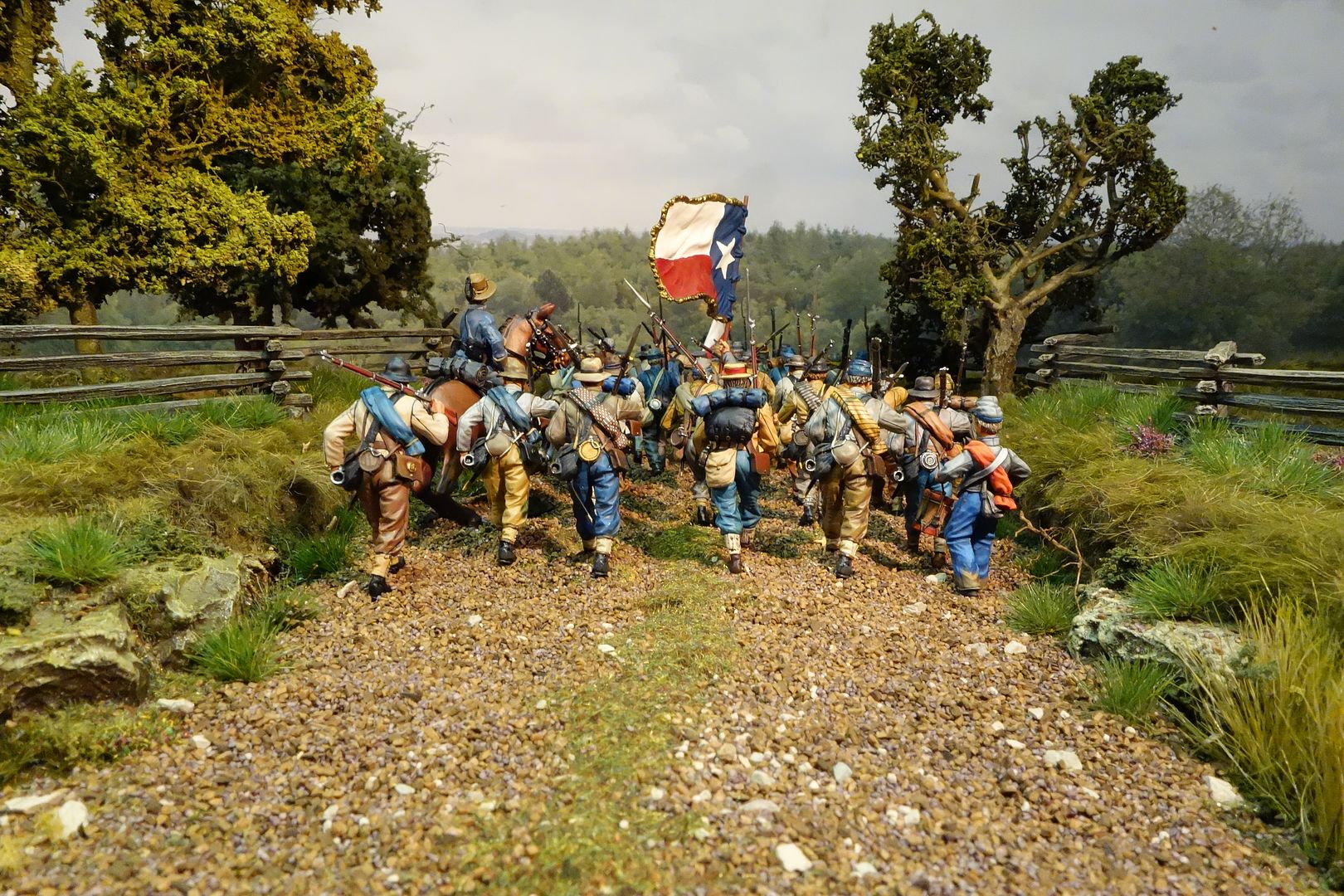Dragoon
Command Sergeant Major
- Joined
- Apr 27, 2005
- Messages
- 2,243
Lee's ANV was quite ragged at different times during the war as described by witnesses, but this was caused by long marching and campaigning like Second Manassas to Antietam, after which it was again refitted back in Virginia. Toward the close of the war there were more arms and uniforms than there were men to use them as attested in the great book Confederate Odyssey by Gordon L. Jones. The website linked below provides an in-depth study of photographs taken of Confederate dead right after the taking of Fort Mahone , Petersburg, April 2 1865. It dispels the myth of the ''ragged rebel'' at the end of the war.
Just a word of caution, these images are quite sad a bit unsettling, but also great documents on the appearance of at least part of Lee's army at the closing stages of the war.
ahttp://adolphusconfederateuniforms.com/the-confederate-soldier-of-fort-mahone.html
Just a word of caution, these images are quite sad a bit unsettling, but also great documents on the appearance of at least part of Lee's army at the closing stages of the war.
ahttp://adolphusconfederateuniforms.com/the-confederate-soldier-of-fort-mahone.html
Last edited:


